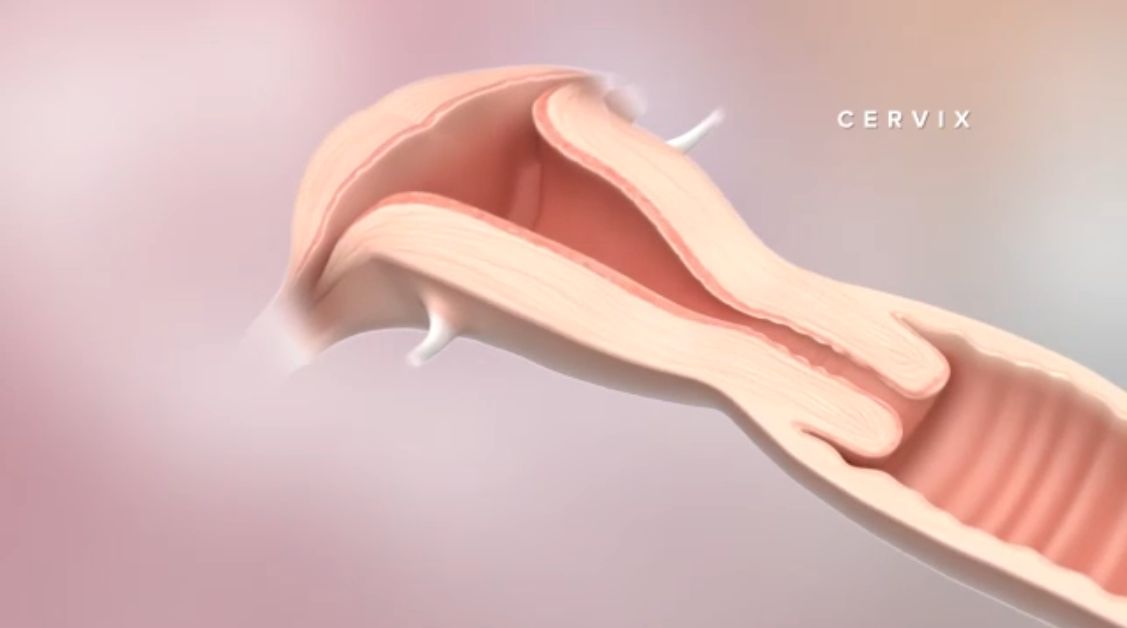“I felt like all my lights went out, everything was dark, everything was ending.”
That was Patti Murillo-Casa’s reaction in 2008 when she was diagnosed with late-stage cervical cancer.
“I knew I had to fight, my tumor was too big to be a candidate for a hysterectomy,” she continues.
For three months and with the support of her husband and family, she had 35 external radiation treatments, 7 chemotherapy treatments and two internal radiation therapies. The treatment eliminated the tumor.
“And God gave me this second chance and every day is a gift.”
He says he learned about an unknown and highly denigrated disease in the Latino community.
“They say it is after having many sexual partners and in reality that is not the story,” says Patti Murillo-Casa.
Months after his treatment, he joined awareness walks and talked about his experience with this disease.
“My mission is going to be to educate especially my community, my Latina women because this cancer is a cancer that is preventable, treatable and curable.”
Cervical cancer is located in the lower part of the uterus and is mostly diagnosed in women between 35 and 44 years of age.
However, professionals say that women of all ages are exposed to this disease caused mainly by the human papillomavirus or HPV.
Evelyn Cantillo, MD, MPH, gynecologist Onl’ocola at New York-Presbyterian says
“It causes about 90 percent of the cases, that still leaves about 10 percent of cases of cervical cancer. Many times this occurs due to abnormalities in the cells that begin to replicate and do not stop.”
According to the most recent statistics from the CDC, in 2020, 2,207 cases of cervical cancer were reported in the Latino community in the United States and 628 of them died.
Doctor Evelyn Cantillo says that prevention is the most important thing.

“What we mainly do is the pap smear. It really starts at the age of 21 and you continue it with your gynecologist or primary doctor to ensure that there are no abnormalities in the cervix.”
In addition, the vaccine against human papillomavirus from the age of 9 for females and males who are carriers of the virus.
According to the American Cancer Society, it is projected that in 2024, more than 13,800 new cases of invasive cervical cancer will be diagnosed and more than 4,300 women could die.
Murillo-Casa offers an awareness talk this January 30 for the Foundation for Women’s Cancer, bringing a message of hope for those suffering from cervical cancer.
“That they are not alone, that they look for us, right, that we are here, and that, no, that they do not stop fighting” concludes Patti Murillo-Casa.




